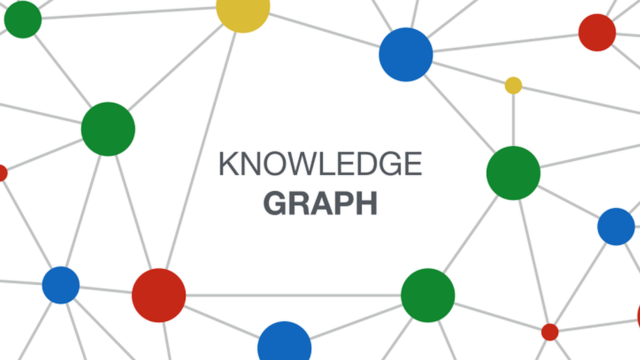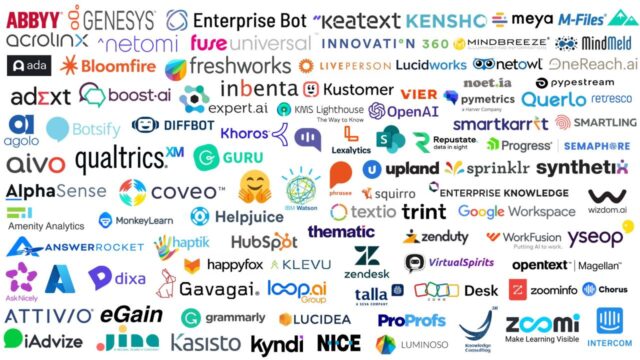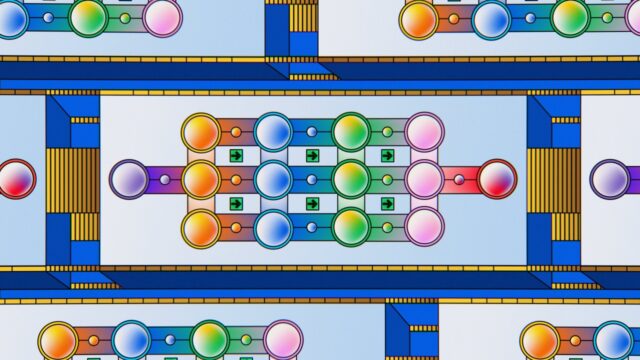An introduction to the TensorFlow machine learning system
For an easy-to-understand introduction to the TensorFlow™ machine learning system, take a look at the entertaining series of videos produced by artificial intelligence educator Siraj Raval. The first video in the series is shown above, and the full series can be found on YouTube.
TensorFlow was developed by researchers and engineers working on the Google Brain Team for the purposes of conducting machine learning and deep neural networks research, but the system is general enough to also be applicable in a wide variety of other domains as well.
TensorFlow is an open source software library for numerical computation using data flow graphs. Nodes in the graph represent mathematical operations, while the graph edges represent the multidimensional data arrays (tensors) communicated between them. The flexible architecture allows users to deploy computation to one or more central processing units (CPUs) or graphics processing units (GPUs) in a desktop, server, or mobile device with a single application programming interface (API).
In May 2016, Google announced its Tensor Processing Unit (TPU), a custom application-specific integrated circuit (ASIC) accelerator chip built specifically for machine learning and tailored for TensorFlow. Google recently announced that its second-generation TPUs are coming to Google Cloud to accelerate a wide range of machine learning workloads, including both training and inference.
Also published on Medium.






